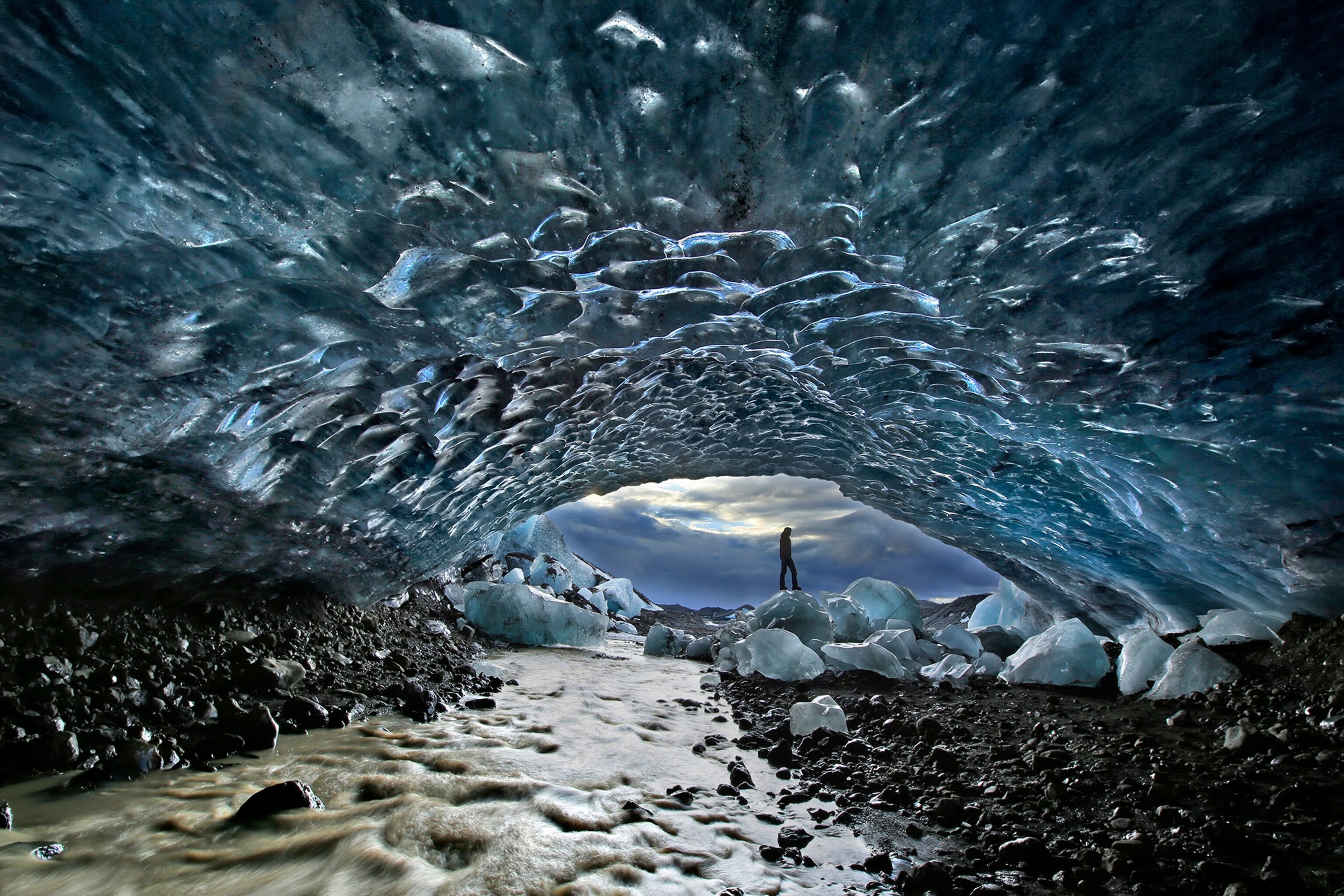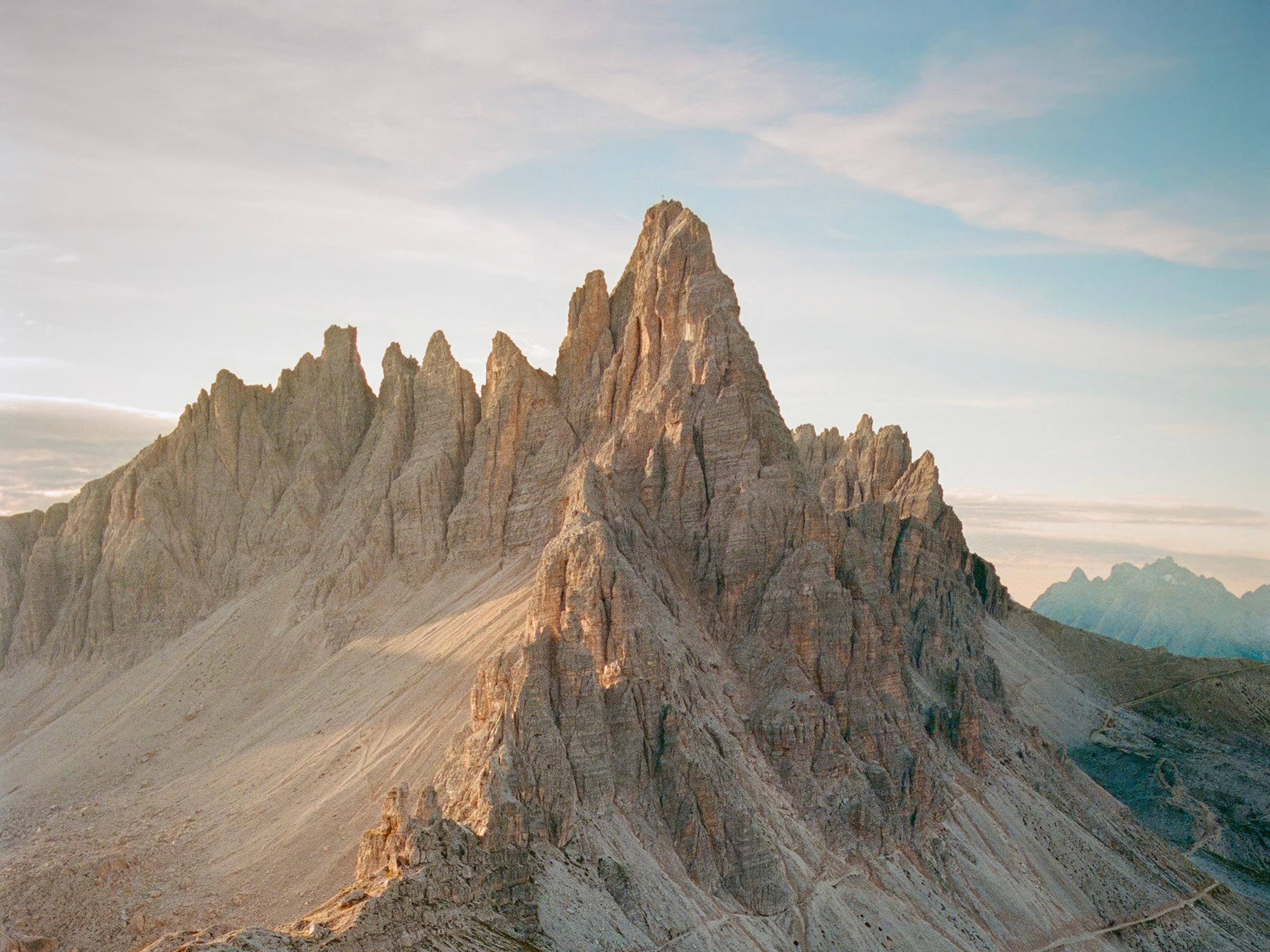Ice Skate Through Frozen Wilderness in This Hypnotic Video
Filmmakers capture the incredible beauty of backcountry ice skating in remote Alaska.
Tunneling through ice caves like bubble wrap, twirling with only mountains as spectators, and cutting past calving glaciers on hockey skates with adventurous pups trailing behind, backcountry ice skaters in Alaska follow no particular formula. Their common goal to carve through off-the-grid, frozen wilderness requires a hunt for natural ice on rivers, lakes, and glacial lagoons. Yet few people even know this adventurous activity exists.
To elevate the sport, filmmakers Cale Green and Paxson Woelber traveled around southern Alaska over two winters to capture their stunning short film, “Wild Ice.” Drone footage puts humans to scale against the vastness of some of Alaska’s most spectacular natural wonders, like zigzag-shaped Kenai Lake, accessible Sheridan Glacier, and the dramatic shorelines of Turnagain Arm.
“Backcountry skating can be unbelievably surreal: You can find yourself cruising at 15 miles per hour over beds of water flowers that look like they're encased in glass, or speeding past the face of a glacier or between icebergs. But very few people are even aware of the sport, even within Alaska,” says Paxson Woebler.
Perhaps the specificity of the season—after temperatures drop beyond comfortable hiking but before snow accumulation allows skiing—keeps the sport under the radar. But as Woebler explains, that’s part of the appeal: “Many folks, myself included, took up backcountry skating as a way to get outside during this season, and then discovered it's just amazingly fun and a great workout in its own right. I love the combination of adventure (never knowing what you'll find), speed, athletics, and spectacular scenery.”
Braving the Alaskan Winter? Give Backcountry Ice Skating a Go:
Always follow the locals’ lead, using the daily intel from groups like Nordic Skate-South Central. As Jim Gonski, who runs Alaska Kayaking Academy, puts it: “One really needs to be obtaining current beta almost every day. Think of it like backcountry skiing. Safety depends on the last snowstorm. One day [things are] great, one day there’s a high avalanche warning. Generally late-October and November are the window. If it gets cold and no snow, [there] can be some great ice for hours and hours. One just never knows from year to year or even week to week.” Never venture out alone.
- National Geographic Expeditions


























